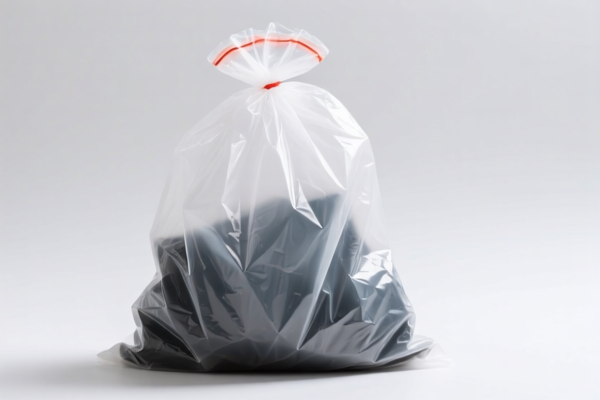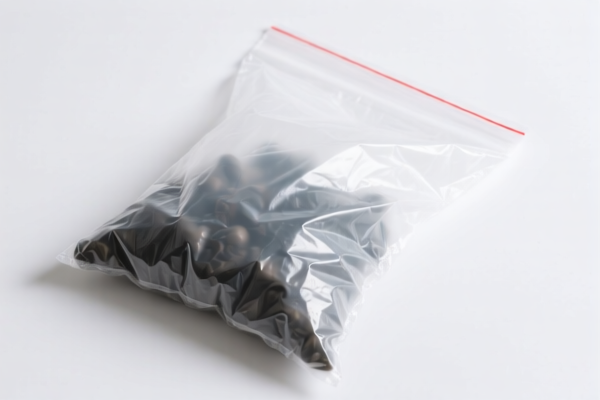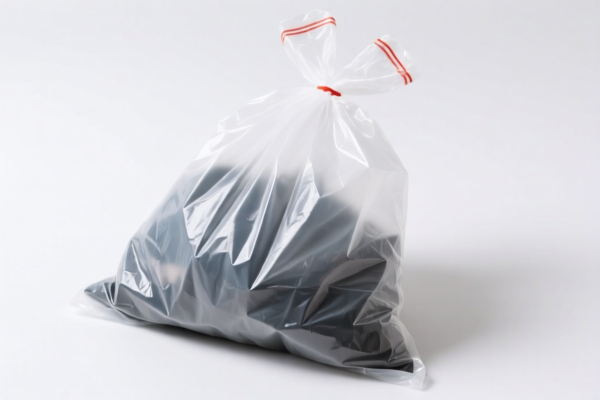| HS Code | Official Doc | Tariff Rate | Origin | Destination | Effective Date |
|---|---|---|---|---|---|
| 6815994170 | Doc | 55.0% | CN | US | 2025-05-12 |
| 6815992000 | Doc | 55.0% | CN | US | 2025-05-12 |
| 6806900090 | Doc | 55.0% | CN | US | 2025-05-12 |
| 6806100090 | Doc | 58.9% | CN | US | 2025-05-12 |
| 3923210080 | Doc | 58.0% | CN | US | 2025-05-12 |
| 3923900080 | Doc | 58.0% | CN | US | 2025-05-12 |
| 3926901000 | Doc | 40.9% | CN | US | 2025-05-12 |
| 3926909989 | Doc | 42.8% | CN | US | 2025-05-12 |
| 4823907000 | Doc | 55.0% | CN | US | 2025-05-12 |
| 4819400020 | Doc | 55.0% | CN | US | 2025-05-12 |
| 4819300020 | Doc | 55.0% | CN | US | 2025-05-12 |




Dust Collection Bag
A dust collection bag is a component of a dust collection system used to capture particulate matter generated during various industrial and hobbyist activities. These bags are typically constructed from filter fabrics and are designed to trap dust, shavings, and other debris, maintaining air quality and a clean working environment.
Materials
Dust collection bags are manufactured from a range of materials, each offering different levels of filtration efficiency, durability, and cost-effectiveness. Common materials include:
- Polyester: A widely used synthetic fabric known for its good abrasion resistance, moderate filtration efficiency, and affordability. Suitable for general-purpose dust collection.
- Polypropylene: Offers better chemical resistance than polyester but has lower temperature resistance. Commonly used for collecting fine dust particles.
- Filter Paper: Provides high filtration efficiency, capturing very fine dust. Often used in applications requiring stringent air quality control, but less durable than synthetic fabrics.
- Nomex/Aramid Fibers: High-temperature resistant materials used for collecting dust from hot sources, such as welding or abrasive blasting.
- HEPA (High-Efficiency Particulate Air) Filters: Offer the highest level of filtration, removing 99.97% of particles 0.3 microns in diameter. Used in critical applications where extremely clean air is required.
Purpose
The primary purpose of a dust collection bag is to:
- Improve Air Quality: By trapping airborne particles, dust collection bags protect workers from inhaling harmful dust and maintain a cleaner work environment.
- Prevent Equipment Damage: Dust can cause wear and tear on machinery and reduce its efficiency. Dust collection bags prevent dust accumulation, extending the lifespan of equipment.
- Reduce Fire Hazards: Accumulation of combustible dust can create a fire or explosion risk. Dust collection bags mitigate this risk by removing dust from the work area.
- Maintain Product Quality: In some applications, dust contamination can affect the quality of the finished product. Dust collection bags prevent contamination by capturing airborne particles.
Function
Dust collection bags function through a combination of mechanisms:
- Mechanical Filtration: The fabric weave acts as a physical barrier, trapping larger particles.
- Surface Filtration: Dust particles adhere to the surface of the fabric.
- Depth Filtration: Dust particles are captured within the layers of the fabric.
- Static Charge: Some fabrics generate a static charge that attracts and captures dust particles.
Usage Scenarios
Dust collection bags are used in a wide variety of applications, including:
- Woodworking: Capturing sawdust generated during sawing, sanding, and routing.
- Metalworking: Collecting metal shavings and dust from grinding, cutting, and welding.
- Construction: Capturing dust from concrete cutting, grinding, and demolition.
- Automotive: Collecting dust from sanding, painting, and bodywork.
- Pharmaceutical: Capturing fine powders and particles during manufacturing processes.
- Food Processing: Collecting dust from milling, grinding, and mixing operations.
- Industrial Manufacturing: General dust control in various industrial settings.
Common Types
- Single-Use Bags: Disposable bags made from paper or polypropylene, suitable for low-volume dust collection.
- Reusable Bags: Made from polyester or other durable fabrics, designed for multiple uses. These bags typically require periodic cleaning or replacement.
- Cartridge Filters: Cylindrical filters made from pleated fabric, offering a large surface area for dust collection.
- Drum Filters: Large filters installed in drums or housings, suitable for high-volume dust collection.
- Sleeve Filters: Fabric sleeves suspended in a housing, commonly used in industrial dust collection systems.
- Cyclone Separators with Bag Filters: Combination systems that use a cyclone separator to remove larger particles before they reach the bag filter, extending the filter's lifespan.
Dust collection bags are typically used for filtering dust and particulate matter in industrial or workshop settings, often connected to machinery to maintain air quality and prevent the release of harmful particles. They are commonly made of paper, plastic, or woven fabrics.
The following HS codes may be relevant, based on the provided reference material:
- 3923210080: Articles for the conveyance or packing of goods, of plastics; stoppers, lids, caps and other closures, of plastics: Sacks and bags (including cones): Of polymers of ethylene Other: With no single side exceeding 75 mm in length. This code applies to plastic sacks and bags made of polyethylene, with dimensions not exceeding 75mm on any side. The base tariff is 3.0%, with an additional 25.0% tariff, increasing to 30.0% after April 2, 2025, resulting in a total tariff of 58.0%.
- 4819400020: Cartons, boxes, cases, bags and other packing containers, of paper, paperboard, cellulose wadding or webs of cellulose fibers; box files, letter trays and similar articles, of paper or paperboard of a kind used in offices, shops or the like: Other sacks and bags, including cones Shipping sacks and multiwall bags, other than grocers' bags. This code covers paper sacks and bags used for shipping, excluding grocery bags. The base tariff is 0.0%, with an additional 25.0% tariff, increasing to 30.0% after April 2, 2025, resulting in a total tariff of 55.0%.
- 4819300020: Cartons, boxes, cases, bags and other packing containers, of paper, paperboard, cellulose wadding or webs of cellulose fibers; box files, letter trays and similar articles, of paper or paperboard of a kind used in offices, shops or the like: Sacks and bags, having a base of a width of
40 cm or more Shipping sacks and multiwall bags, other than grocers' bags. This code applies to paper sacks and bags with a base width of 40cm or more, excluding grocery bags. The base tariff is 0.0%, with an additional 25.0% tariff, increasing to 30.0% after April 2, 2025, resulting in a total tariff of 55.0%. - 3923900080: Articles for the conveyance or packing of goods, of plastics; stoppers, lids, caps and other closures, of plastics: Other Other. This code covers other plastic articles for conveyance or packing. The base tariff is 3.0%, with an additional 25.0% tariff, increasing to 30.0% after April 2, 2025, resulting in a total tariff of 58.0%.
According to the provided reference material, the HS code options related to 'dust collection bag' are limited, with only the following 4 found.
Customer Reviews
No reviews yet.